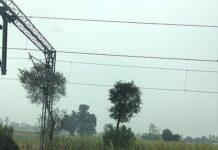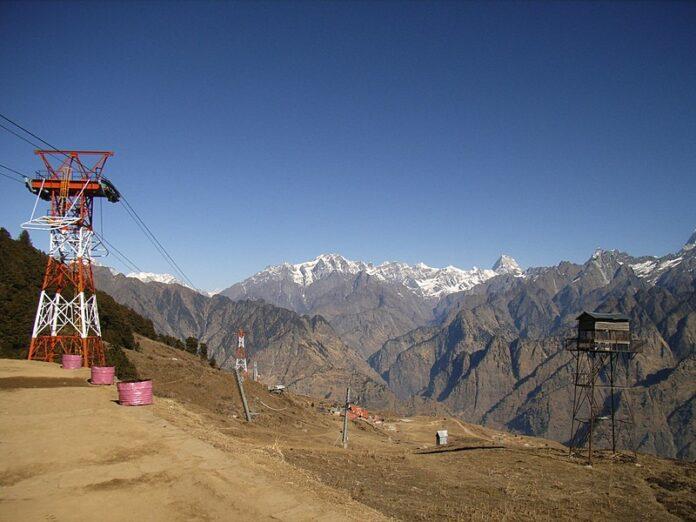Joshimath, the sinking Himalayan town may be in deeper trouble and lot worse may be in store in near future.
Based on satellite imagery, the town sank at a fast rate (5.4 cm in just 12 days) between December 27, 2022 and January 8, 2023 compared to a slower rate (about 9 cm in 7 months) between April and November 2022.
There are indications that the entire town may sink and the Joshimath-Auli road may collapse.
The preliminary report is merely suggestive and there may be still be time to conduct relief operations and rehabilitation od affected people and any corrective measure.
The final scientific report is awaited however uncontrolled building construction and infrastructure development to support increased population and hospitality industry and poor drainage and waste water management system have certainly contributed in land subsidence given the fact that the town is situated along the ridge on an ancient landslide which has a low load bearing capacity.
Some put onus also on tunnel construction and hydel power project in nearby region. Indeed, the 23 km tunnel carrying water that connects dam site to the powerhouse does not pass through the town.
Development works to support growing population and the economy often comes at the cost of environment which could be minimised if a reasonable balance could be struck between sustainability and popular demands.
***
























